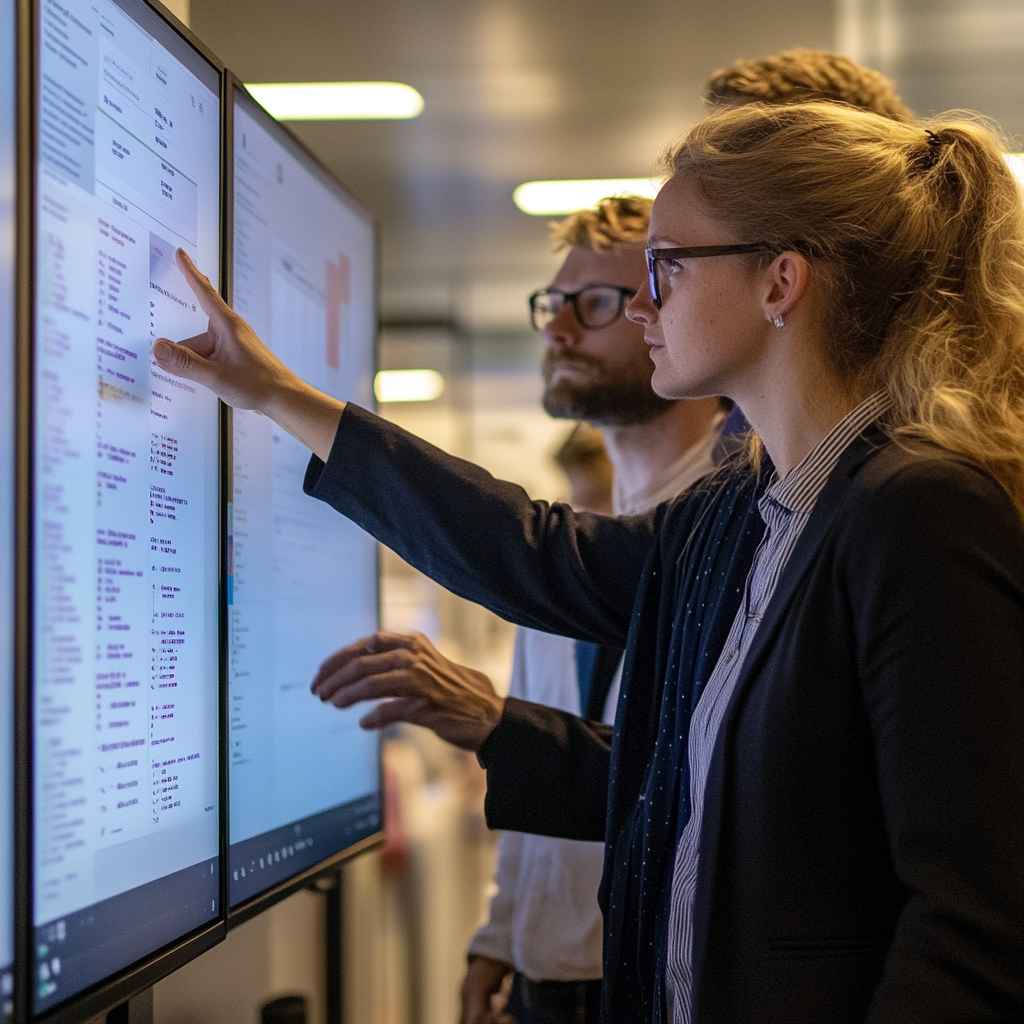Content
People are the heartbeat of every organization.
But how do you predict how someone will behave at work—how they’ll collaborate, solve problems, or respond to stress?
That’s where the Big Five Personality Model comes in.
Known as OCEAN, this model is more than just psychology theory. It’s a practical, research-backed framework that helps leaders, managers, and HR teams understand how personalities shape workplace dynamics, team performance, and company culture.
In this blog, we’ll break down:
- What the Big Five traits are (in simple terms)
- How each trait influences organizational behavior
- Practical examples and role fit
- How to use Big 5 assessments to make smarter hiring and management decisions
What Are the Big Five Personality Traits?
The Big Five, or OCEAN model, measures five core dimensions of personality:
| Trait | Description |
| Openness | Curiosity, creativity, and willingness to try new things |
| Conscientiousness | Organization, reliability, and attention to detail |
| Extraversion | Sociability, enthusiasm, and comfort in social situations |
| Agreeableness | Empathy, cooperation, and a desire for harmony |
| Neuroticism | Emotional stability or tendency to experience negative emotions |
These traits are universal, meaning they apply across cultures, roles, and industries. They’re also the foundation of many hiring and organizational development strategies.
For deeper insight, see Big Five Personality Traits Explained with Real-World Examples.
Why the Big Five Matter in Organizational Behavior

Each of these traits can influence how employees behave in teams, handle pressure, make decisions, and even how they communicate.
Let’s explore their impact in real workplace settings.
1. Openness
- High Openness: Thrives in innovation-driven roles, adapts quickly to change.
- Low Openness: Prefers routine and structure, great for operational stability.
Impact on Organizations:
High openness supports creativity and problem-solving. Too much openness in highly regulated industries may lead to inefficiency.
2. Conscientiousness
- High: Detail-oriented, deadline-driven, dependable.
- Low: May need help with structure but could excel in flexible, idea-driven roles.
Impact on Organizations:
One of the strongest predictors of job performance. High-conscientiousness individuals keep teams organized and accountable.
3. Extraversion
- High: Energized by people, comfortable in leadership and client-facing roles.
- Low: Independent, thoughtful, more task-focused.
Impact on Organizations:
Extroverts help drive energy and morale. Introverts may prefer deep work and process-driven roles.
4. Agreeableness
- High: Team player, helpful, avoids conflict.
- Low: May be blunt or competitive, but often brings needed challenge to groupthink.
Impact on Organizations:
High-agreeableness employees create harmonious environments, but may avoid necessary confrontation.
5. Neuroticism
- Low: Emotionally stable, handles pressure well.
- High: May experience stress or anxiety, could struggle in high-intensity roles.
Impact on Organizations:
Low neuroticism supports resilience and consistency. High neuroticism may affect teamwork, especially under pressure.
For guidance on interpreting results, check Big 5 Personality Test Results: What They Mean & How to Interpret.
Big Five in Action: Organizational Examples

| Job Role | Ideal Traits |
| Sales Manager | High Extraversion, Medium Conscientiousness, Low Neuroticism |
| Software Engineer | High Conscientiousness, Low Extraversion, Medium Openness |
| Customer Support Rep | High Agreeableness, Low Neuroticism |
| Creative Director | High Openness, Medium Extraversion |
| Compliance Officer | High Conscientiousness, Low Openness |
Integrating Big 5 with Talent Strategy
Want to go from theory to action? Here’s how to apply the Big 5 model in your hiring and management processes:
✅ Pre-Hiring Assessments
Use Big 5 results to screen for personality fit—especially for roles where certain traits are critical.
✅ Structured Interviews
Use Big 5 scores to personalize questions and validate behaviors. (More on that in How to Use Big Five Test in Structured Hiring Interviews.)
✅ Team Development
Balance team dynamics by ensuring complementary personality styles.
✅ Succession Planning
Identify leadership potential using Conscientiousness, Extraversion, and Emotional Stability (low Neuroticism).
Our Validated Personality & Behavioral Assessments

We don’t just talk about Big 5 traits—we help you apply them professionally through our scientifically designed tools:
🔹 Personality & Behavioral Assessments
- Big 5 Personality Test
Understand your candidate’s personality makeup across all five traits. - Predictor Profile
A combination of personality and cognitive ability for predictive hiring. - Short Personality Test
Ideal for quick screening while retaining meaningful behavioral insights.
These tools are built for practical application in real hiring environments.
Related Resources
- Best Big 5 Personality Tests for Hiring Employees
- Free Big Five Personality Tests: Which One Should You Use?
- Big 5 Personality Test PDF Guide & Printable Version
- Is the Big 5 Personality Test Scientifically Valid and Reliable?
- Big 5 OCEAN Traits Explained: How to Use Them in Hiring
Final Thoughts
The Big Five Personality Model isn’t just a theory. It’s a powerful tool that helps you:
- Hire smarter
- Build stronger teams
- Improve leadership and performance
- Foster a healthier workplace culture
Want to see how it works for your organization?
👉 Book a Free Demo Here
